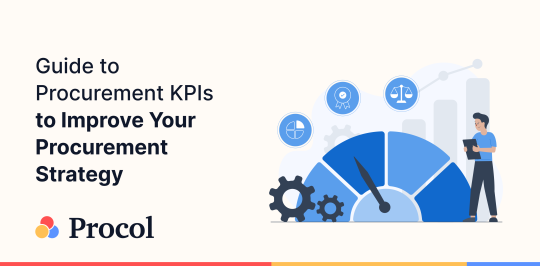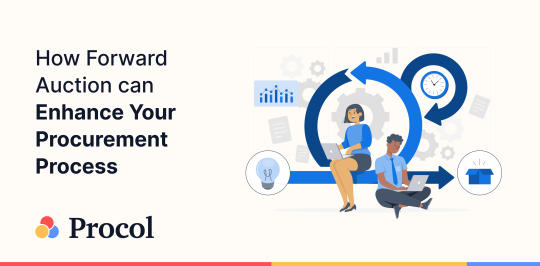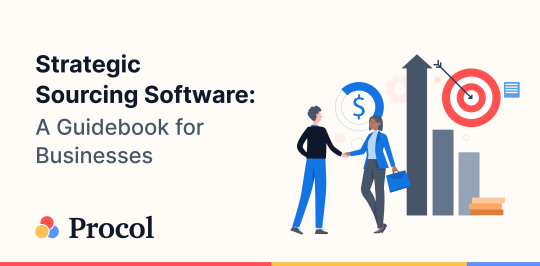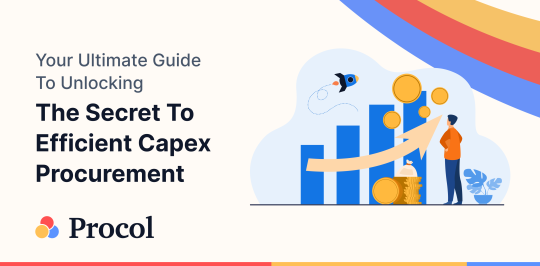Transition to Sustainable Procurement in Five Simple Steps

Today’s e-procurement leaders are no longer focused on simply automating processes, sourcing contracts, and reducing costs. Instead, they focus on accelerating business performance and digital transformation through digital supply chain programs.
Operational efficiency is the ability of a business or organisation to perform its primary functions with minimal waste and maximum productivity. When an organisation achieves operational efficiency, it typically has a lighter management structure that allows for faster decision-making, streamlined processes, and less red tape. The benefits of an e-procurement transformation go far beyond purchasing contracts and automated processes.
Step 1: Establish Your Foundation For E-Procurement
Start with the business case for investment, and you’ll be more likely to achieve the leadership buy-in and resources required to drive your program to success. Your business case will be based on three main pillars: cost savings, transformation, and business impact. Cost savings refer to tangible cost reductions within the procurement function.
Step 2: Identify Supply Chain Processes
This allows you to visualise all key supply chain processes in procuring goods and services. Start by creating a quick diagram of your organisation, including key stakeholders, departments, and suppliers. Then, identify the critical business processes that drive your procurement activities. Typically, five core business processes go through procurement activities: sourcing, bidding or negotiation, contract management, payment, and vendor management.
Step 3: Define Requirements
Once you know which business processes drive your procurement activities, you can understand each process’s requirements and challenges.
-
Business Case & Value Proposition
Procurement is often seen as a cost centre because it does not directly contribute to the company’s bottom line. A successful e-Procurement transformation can help change this perception by driving more value from the procurement function.
-
Customer Expectations
Customers expect their procurement organisations to be more agile, innovative and digitally connected. They also expect the procurement system to be responsive, reliable, and transparent about pricing, contracting practices, and the selection process.
-
Business Impact
Procurement must expand beyond savings and cost reduction and significantly impact the company’s financial metrics. Further, procurement leaders need to understand how their budgets are used and the expected economic impact. It will help them be more strategic with their spending.
-
Performance & Change Management
Procurement has traditionally been focused on cost reduction, compliance, and lifecycle management. But procurement leaders need to be more strategic, change-focused, and performance-driven. It will help them engage their business partners to drive business results.
Step 4: Develop the Roadmap and Strategy For E-Procurement
After you’ve identified the procurement requirements, you’re ready to develop your roadmap and strategy for transformation.
-
Digital Transformation
This initiative leverages technology to achieve more digital transformation. It includes leveraging automation, AI capabilities, digital procurement, and more.
-
Operating Model Transformation
This initiative focuses on improving your operating model and organisational design. It can include shifting to a centralised sourcing strategy, a decentralised system, or a hybrid approach.
-
Supplier Relationship Transformation
This initiative focuses on the procurement-to-supplier relationship. It includes managing and engaging with your suppliers, improving supplier risk and compliance, and improving supplier development.
-
Procurement Process Transformation
This initiative focuses on improving your procurement process and the services that drive your procurement activities. It includes enhancing your spend management, sourcing processes, and contract management system.
Step 5: Build The E-Procurement Program & Roll Out
The final step in creating a successful and sustainable e-procurement transformation program is to build and roll out the program within your organisation. As you begin to develop the program, keep these five tips in mind:
- Involve key stakeholders and leaders in the transformation process.
- Determine what you want to achieve, focus on the end game, and set clear objectives.
- Be realistic and understand the challenges and complexities of transformation.
- Be consistent, persistent, and transparent in your approach.
- Build a strong foundation for change through training and education.
Final Word
As procurement leaders, you have a tremendous opportunity to drive business transformation through your procurement model. You can achieve lasting change for your organisation by following the five essential steps. However, conducting such landmark transformations is almost always challenging. Procol is a procurement software that provides an easy and efficient way to perform this transition smoothly and sustainably. It provides a structured path, making adopting the new process easier. If you’re finding your transition to e-procurement challenging, schedule a demo with Procol today.
Get a Free Demo
We'd love to hear from you. Please fill out this form to schedule a demo with us. You can also give a call on +91 76666 82222



